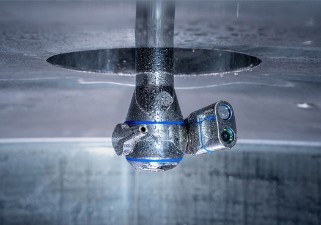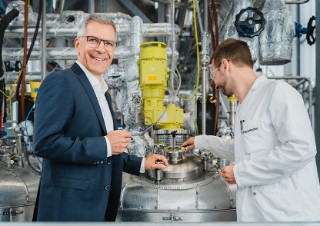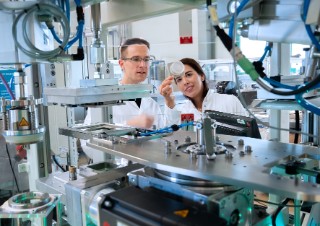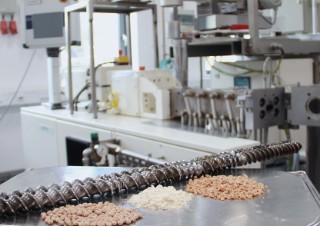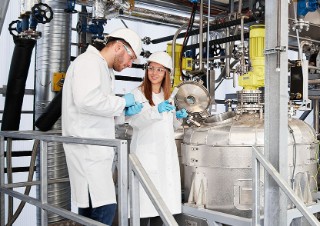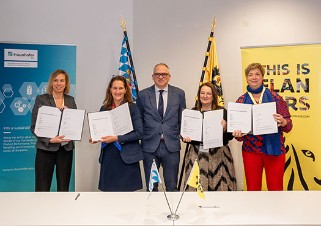
A high-level, 50-member business delegation from Flanders, led by Minister-President Matthias Diependaele, visited the Fraunhofer Institute for Process Engineering and Packaging IVV to explore cutting-edge innovations in food development, packaging, and recycling technologies. Bringing together leaders from the food, packaging, machinery, chemical, wood, and textile sectors, the visit capped a multi-day tour of Bavaria and highlighted the growing momentum behind cross-border cooperation to build a sustainable and resilient industrial future for Europe.
more info Fraunhofer Institute for Process Engineering and Packaging IVV
Fraunhofer Institute for Process Engineering and Packaging IVV
